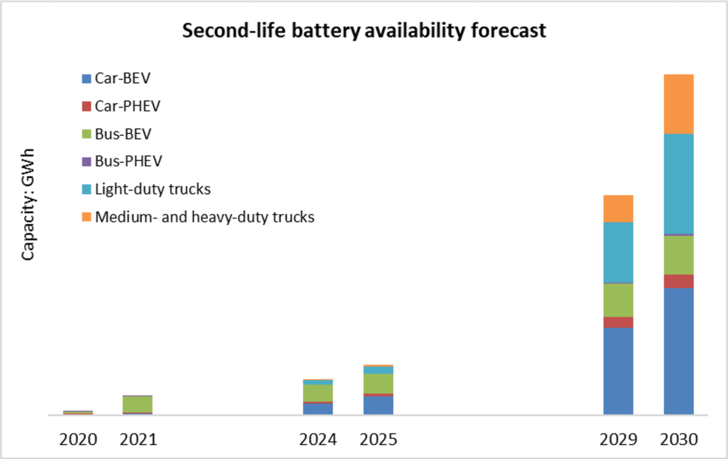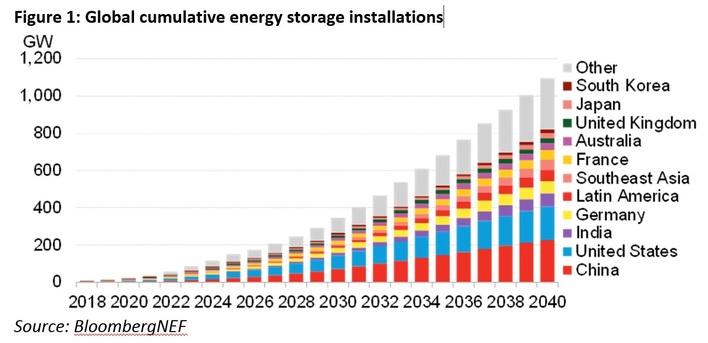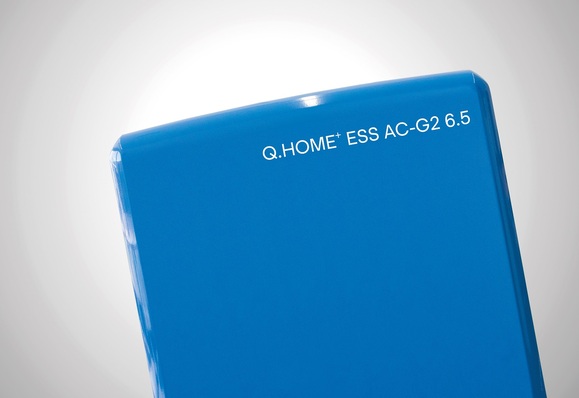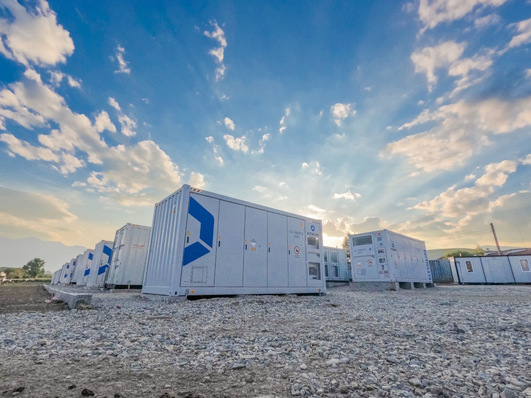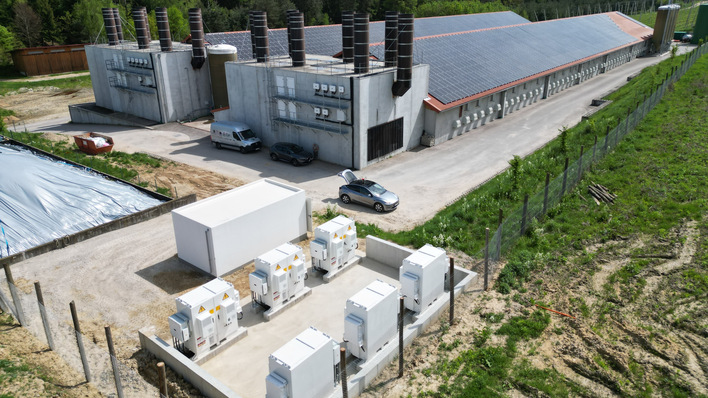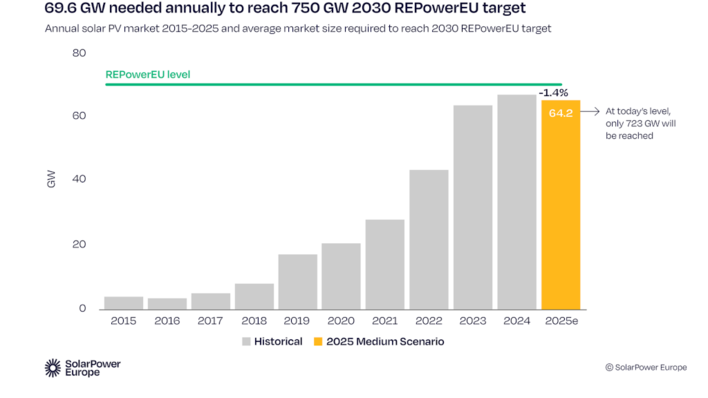According to recent research by IDTechEx, there will be over six million battery packs retiring from electric cars, buses, vans and trucks by 2030. Batteries are the most expensive component of an electric vehicle. At the end of their primary service life, the retired batteries could still retain 70-80 per cent of their initial capacity. Eventually, recycling will be necessary, but before that, giving such batteries a 'second-life' in less demanding applications such as stationary energy storage could bring tremendous value to a wide range of stakeholders across the automotive and energy sectors.
By 2030, second-life battery capacity will hit over 275GWh per year which presents opportunities for energy storage. However, many technical, economic and regulatory challenges exist that might make it difficult for companies to profit from second-life batteries. IDTechEx's latest report, Second-life Electric Vehicle Batteries 2020-2030, offers an in-depth analysis of key technologies, players, challenges and market opportunities across the second-life battery value chain. Batteries put to secondary uses form a link between the electric vehicle and energy storage value chains.
Potential value of second-life batteries
The potential value of second-life batteries is impacted by how the batteries are designed and used in their primary function as part of electric vehicles, how they are collected and used in second-life applications, and the value of recycling. The value chain analysis in this report takes the lifecycle perspective to help stakeholders identify potential opportunities. Key technical challenges are identified and companies that are developing technologies to enhance second-life battery usage are analysed. This report also presents a cost analysis and the potential pricing mechanisms for second-life batteries as well as existing business models of secondary battery use and how service-based business models could facilitate such usage.
The report also presents an analysis of the second-life battery industry and how it will evolve over the next ten years. The ten-year forecast on the available capacity of second-life batteries from major electric vehicle categories, such as passenger cars, buses, vans and trucks (pure electric and plug-in hybrid electric vehicles), shows the potential size and constitution of the second-life battery market. (mfo)
The videos from the 2019 pv Guided Tours at The smarter E Europe (Intersolar Europe, ees Europe, Power2Drive, EM-Power) in Munich are now online. Here you can follow the tour on electric mobility.
For more articles on electric mobility, please click here.
Stay informed, subscribe to our twice-weekly newsletter.


